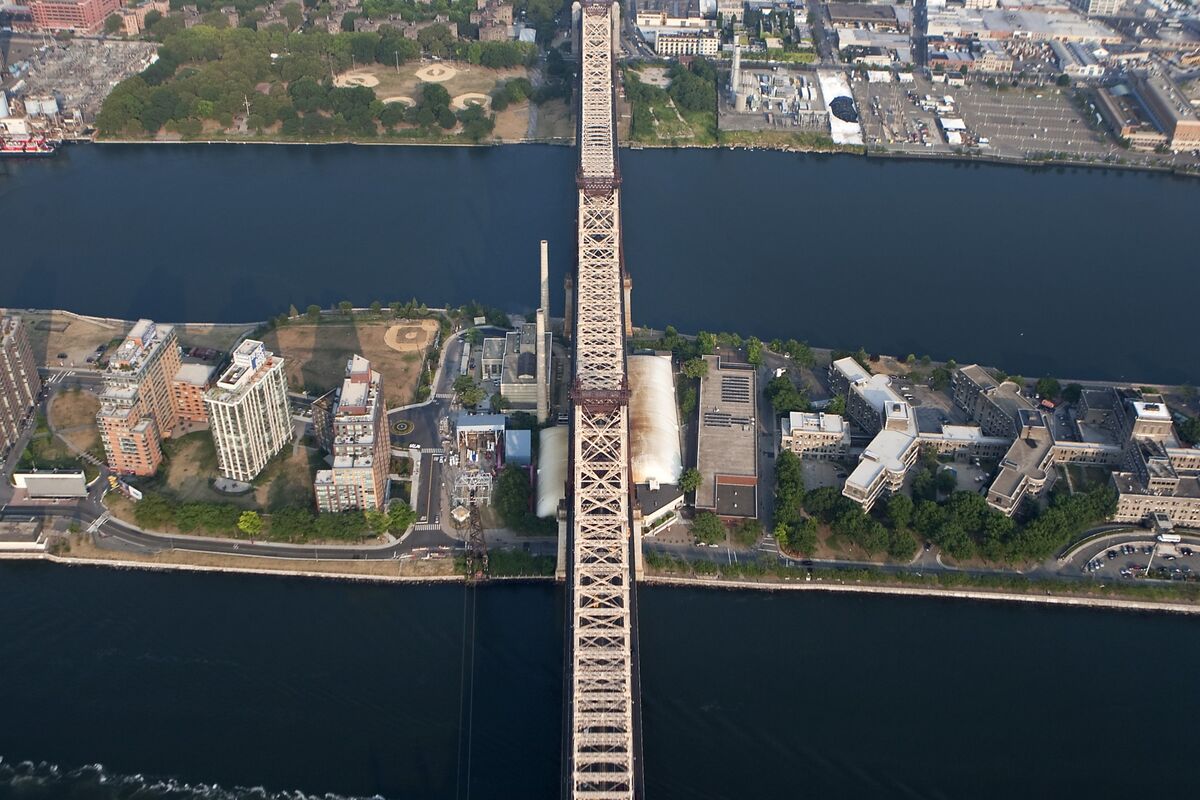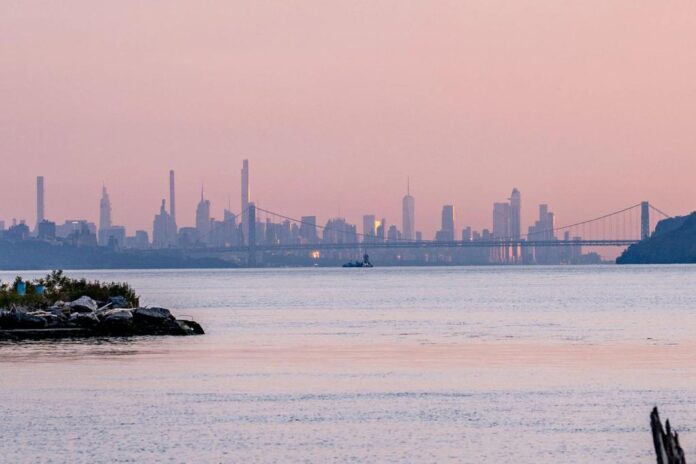A Minor Earthquake Hit New York City
Living in New York City can often feel like a whirlwind, with its bustling streets and towering skyscrapers. However, residents were jolted awake in the early hours of Friday morning as a minor earthquake shook the city. This unexpected tremor serves as a reminder that even in the concrete jungle, nature can still make its presence known.
Unsettling Rumbles in the Night
A Wake-Up Call for New Yorkers
As many residents were abruptly awakened from their slumber, the unexpected quake left them with a mix of surprise and confusion. Social media platforms were quickly abuzz with posts about the event, with individuals sharing their experiences and checking to see if others had felt the trembling as well.
Freeway of Fractures
Despite the initial shock, reports of damage in the area were minimal. This minor earthquake only reached 2.2 on the Richter scale, which is considered relatively low in intensity. However, it did manage to leave its mark on more than a few shaken nerves.
Facts and Figures

| Magnitude | 2.2 |
|---|---|
| Origin | South of Hastings-on-Hudson, Westchester County |
| Depth | 6 miles below the earth’s surface |
| Reports of Feeling the Quake | 120 individuals |
Understanding Earthquake Intensity
While this minor earthquake may have caused a few bumps and jolts, it’s essential to understand the scale of earthquake intensity for comparison. The Richter scale measures the magnitude of earthquakes and ranges from 1 to 10. Each decimal point increase represents a tenfold increase in wave amplitude and approximately 31.6 times more energy released.
The Potential for Aftershocks
Following any earthquake, the potential for aftershocks always lingers. However, the geologists reassured residents that the chances of any significant aftershocks occurring were slim. The 2.2-magnitude quake had released the majority of its stored energy, leaving little room for further seismic activity.
Historical Perspective

1) The 1944 Border Quake
The most significant earthquake to impact New York occurred on September 5, 1944, along the New York-Canada border. This event measured 5.9 on the Richter scale and resulted in minor damages to surrounding towns.
2) East Coast Wake-Up Call
In August 2011, a 5.8-magnitude earthquake shook the East Coast, emanating from central Virginia. The quake echoed throughout the Northeast, serving as a reminder of the potential dangers that seismically active regions can face.
Conclusion

Frequently Asked Questions

1) Can earthquakes in New York City cause significant damage?
While most earthquakes in New York City are minor and cause little to no damage, there is still the potential for larger, more destructive earthquakes in the future. It is essential to remain aware and prepared for such events.
2) How can I prepare for an earthquake?
Creating an emergency plan, assembling an earthquake kit with essential supplies, and securing heavy furniture or objects in your home are some of the key steps you can take to prepare for an earthquake. Additionally, familiarize yourself with safe locations and evacuation routes in your area.
3) How frequently do earthquakes occur in New York City?
New York City experiences seismic activity from time to time, although most earthquakes are of low intensity and go unnoticed by residents. Significant earthquakes, while rare, can occur sporadically.
4) Are earthquakes in New York City a cause for concern?
While earthquakes in New York City are generally not a cause for immediate concern, it is essential to prioritize preparedness and awareness. Understanding the potential risks and taking necessary precautions can help mitigate any potential damage or injuries.
5) Can earthquakes in New York City trigger other natural disasters?
Earthquakes themselves do not typically trigger secondary natural disasters in New York City. However, they may indirectly impact the stability of infrastructure, which could contribute to incidents such as landslides or building collapses.

